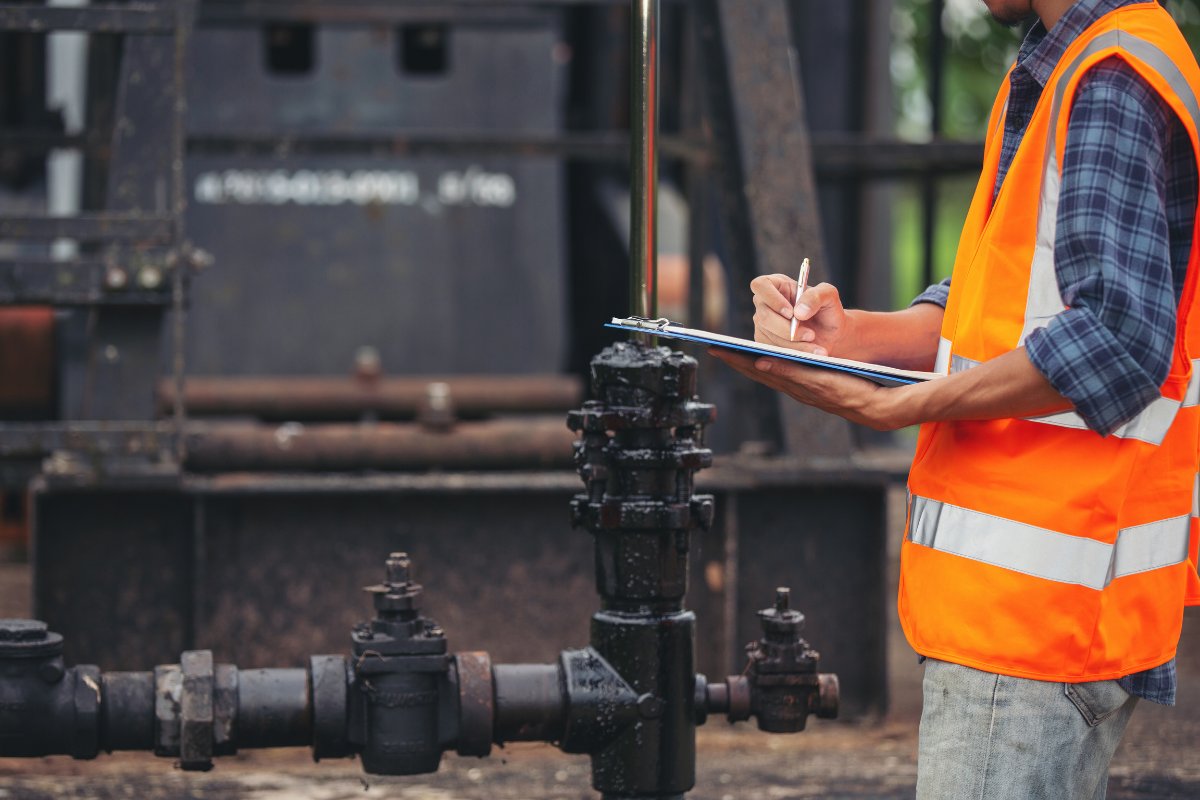
Nowadays, ensuring safety in the Oil & Gas sector is of utmost importance, as it allows the management and reduction of risks, thus contributing to the development of a safe and optimal operation. Over time, prevention, and monitoring methods have been developed that benefit safety by addressing specific behaviors of people at work and fostering a culture of prevention through greater dialogue and commitment.
In this sense, technology together with knowledge and experience have been key allies in safety processes, in order to create workspaces that fully comply with the obligations required to ensure safe and reliable work environments.
It should be noted that there are different inspection tools that benefit safety by addressing specific behaviors of people at work and promoting a culture of prevention.
In the following, we will review two tools that in the oil sector help to comply with safety: field inspection and labeling. These are safety and control activities, which should not be limited only to the inspector or safety officer, but also to each worker responsible for carrying out his work in the handling of each machinery. But let’s go into more detail about these two tools that undoubtedly represent the basis of labor safety for the sector:
1| Field Inspection
Field inspections have a fundamental objective, related to the identification of critical points in the activities of drilling and extraction of oil wells that are executed. Thus, they represent a valuable tool for risk management, since they can be used to identify and subsequently manage risks.
For example, because of the potentially hazardous conditions of oil operations due to their proximity to highly flammable materials, it is essential to have electrical installations that particularly mitigate or eliminate any possible electrical risk.
2| Labeling
Labeling, or also called “blockout,” refers to the set of safety procedures designed to reduce the risk of injury generated by an accidental action of the machinery during service or maintenance. These procedures are considered mandatory because they isolate a machine from the energy source so that it cannot be operated, preventing the release of stored energy and the occurrence of injury.
According to OSHA, it is estimated that each year the average labeling protects approximately 3.3 million employees working in 1 million firms. In addition, it has reduced the percentage of fatalities due to accidental machine start-ups at facilities in the automotive and metalworking industries from 20% to 55%.
It is necessary for the companies in this area to verify the working conditions for the correct performance and fulfillment of the work. In Nakasawa Resources, as leaders in upstream technology, through the implementation of enhanced oil recovery processes, we maintain as a priority the compliance with all international protocols and regulations of the sector, in order to ensure our employees, customers, and team the highest quality of service and welfare.


